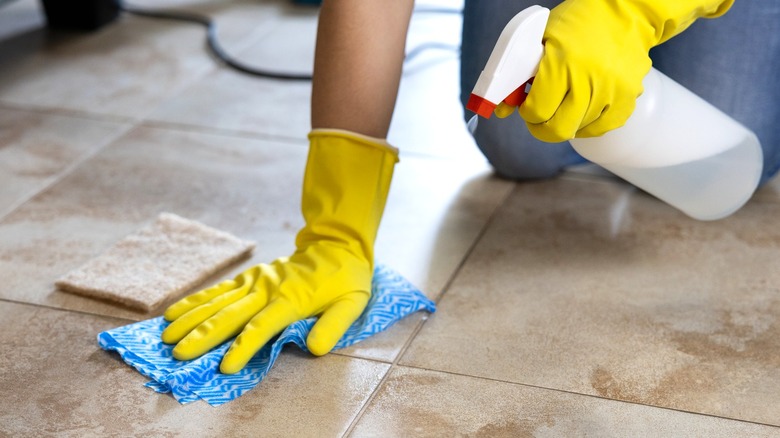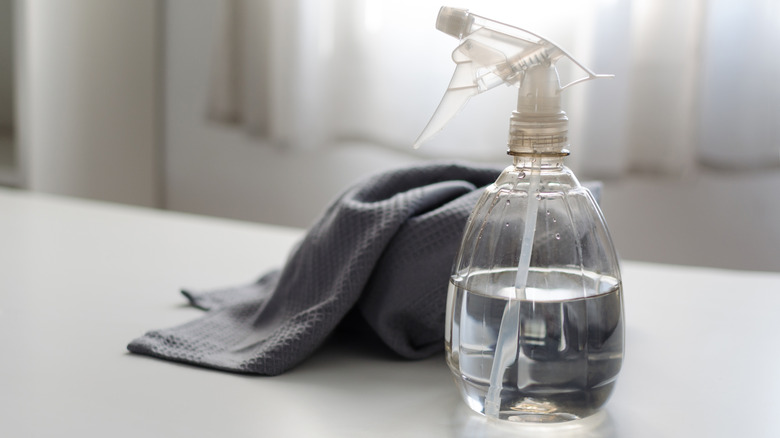The Difference Between White Vinegar & Cleaning Vinegar Explained
Whether you're preparing for a new recipe or reaching for a bottle to clean your home, it's no secret that vinegar is an incredibly versatile and essential staple for almost any household. While the vinegar industry is booming (with a market size of over $6 billion in 2022, according to Grand View Research), many people don't fully understand the diverse types available or their specific uses, especially when it comes to white vinegar and cleaning vinegar. White vinegar typically refers to the standard distilled vinegar used for cooking, while cleaning vinegar is a stronger version with a higher acetic acid concentration for tougher household cleaning.
White vinegar normally contains about 5% acetic acid and 95% water. Generally, this is effective for managing many places in your home you should be cleaning with vinegar, like mirrors and window glass. Cleaning vinegar, however, contains a higher concentration of acetic acid. This is usually 6% to 8%, but some industrial vinegars can reach up to 75%. It's important to note that while you can use white vinegar for cooking and cleaning alike, the same cannot be said for cleaning vinegar — that's just for cleaning. One of the more significant disadvantages of cleaning your home with vinegar is the risk of harm to your eyes, sinuses, and throat just from the vapors alone. However, ingesting cleaning vinegar can lead to serious irritation or damage to the esophagus and digestive system due to its acetic acid levels, with higher concentrations even being corrosive to skin.
How white vinegar and cleaning vinegar are different
Beyond the food safety of white versus cleaning vinegar, there are also differences in what they clean. White vinegar can be a versatile cleaning tool for general cleaning jobs like kitchen and bathroom polishing. Cleaning vinegar, on the other hand, is better for tougher jobs, like cutting through stubborn grease and grime, breaking down limescale and rust, and unclogging drains. Its increased acidity allows it to dissolve tough buildup where standard white vinegar might only achieve partial results. Higher concentrations, such as 20% cleaning vinegar, are also popular for weed control because of their ability to kill plants down to the root and prevent future growth.
Although both white and cleaning vinegar are clear, cleaning vinegar tends to have a stronger, more pungent odor due to the increased acetic acid. To help change the odor from off-putting to pleasant (and perhaps as a way to remind people not to consume it), some cleaning vinegars also have added scents, ranging from lavender to lemon. While you can find white vinegar at just about every supermarket, cleaning vinegar is more commonly found at big box stores (in the cleaning aisles) and home improvement stores.

